On June 5, 1910, the Nanyang Industrial Exposition, otherwise known as the 1910 Nanyang Exposition and the official world's fair, kicked off in Nanjing.
China’s leaders may recall Marx’s adage that history repeats itself, first as tragedy, second as farce. This might explain their apparently wilful oversight of an important event in Chinese history.
In 1910, modernisers in the imperial court sought to whip up national pride by staging a world’s fair. The models were the West’s great expositions, whose iconic edifices, such as the Eiffel Tower and Crystal Palace, had inspired visitors with the industrial world’s swelling might. Too late, alas. The Manchu empire collapsed a year later. Undaunted, China’s Communist rulers, nurturing similar dreams, recently had another go.
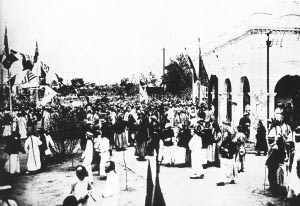
Officials in Shanghai, where the 2010 World Expo ran, understandably did not dwell on the historical precedent of the "world's forgotten fair." The Shanghai Expo, said the bid document the city submitted in 2000 to the body governing world’s fairs, the Bureau International des Expositions (BIE) in Paris, would be the first in any developing country. Technically, that might be right. Before the BIE’s founding in 1928, no rules covered what constituted “world’s fairs." But many cities had already held them, beginning in 1851 with London, in its now-ruined Crystal Palace.
Nanjing’s effort went by the cumbersomely modest title of the “South Seas Encouraging Industry Meeting." But contemporary Western accounts referred to it as “China’s first world’s fair”. Fourteen foreign countries took part. In a paper published in 1978 (“China’s World’s Fair of 1910: Lessons from a Forgotten Event”), Michael Godley, an historian, described it as “the last, and most monumental, effort by the Manchu house to prove to the foreign powers and growing numbers of domestic critics that the traditional leadership was capable of modernising the country."
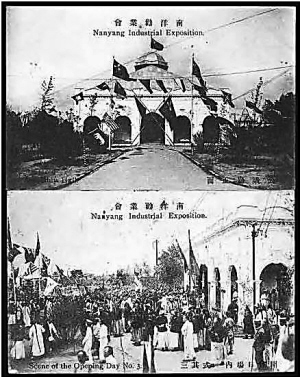
In the West, world’s fairs have long since lost their allure. But China’s rulers saw Shanghai’s World Expo as a hugely important chance to flaunt the party’s organisational power and the nation’s engineering prowess and cultural greatness. The prime minister, Wen Jiabao, called it the fulfilment of a “100-year-old dream," the kind of hyperbole evoked by the 2008 Beijing Olympics (unquestionably China’s first, and used by the party to show off national strength in a way not seen at the Olympics since the Cold War).
The notion that a tottering regime now vilified by Chinese historians could have staged a world’s fair a century ago might diminish the aura of what Shanghai officials in 2010 liked to call their city’s “economic Olympics."

China lavished as much money on the World Expo and accompanying makeover of Shanghai (USD45 billion) as it did on the Olympics and sprucing up Beijing. Some 18,000 homes were demolished to make way for the site’s construction on the banks of the Huangpu River, which flows through the city. A massive expansion of the Shanghai Metro underground and light-rail network was undertaken. Non-existent 30 years years ago, it was as big, by the time the Expo opened, as the London Underground.
READ MORE: Shanghai's 20 Years of Insane Subway Expansion
Shanghai’s two airports were enlarged and the road along the historic Bund was being ripped up to build a new promenade. Of course, Shanghai would anyway be pouring money into its favourite pursuits of demolition and construction. But the pace stepped up considerably, bringing disruption for citizens. In consolation, officials urge them to look at what a world’s fair did for Chicago in 1933 and 1934 during the Depression.
READ MORE: Shanghai's Getting Its Very Own World Expo Museum
China boasted that more countries took part in Shanghai’s Expo than any in history. It helped by paying for the pavilions being erected by poorer countries. But recessions are not good times to persuade foreigners to spend freely. America’s diffidence for a while cast a dark shadow over the event. Part of the problem was a 1991 law that prevents the American government from spending money on Expo pavilions. Without strong government backing, the private sector was loth to fork out.
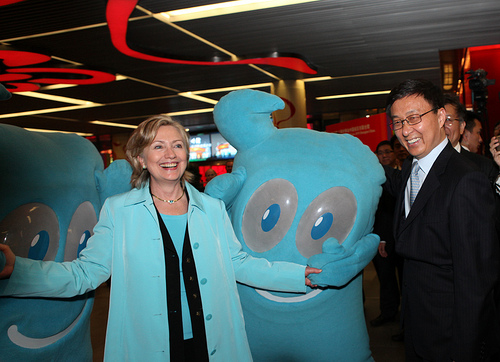
It took a new president in Washington, and much chivvying by China, to get America moving. Then Secretary of State Hillary Clinton threw the State Department’s weight (though not its money) behind a USD61 million pavilion. America’s pavilion, surveys suggested ahead of the event, would be one of the biggest crowd-pullers.
So would China’s own, an elaborate red structure that towered above the others (which has since been transformed into an art museum).
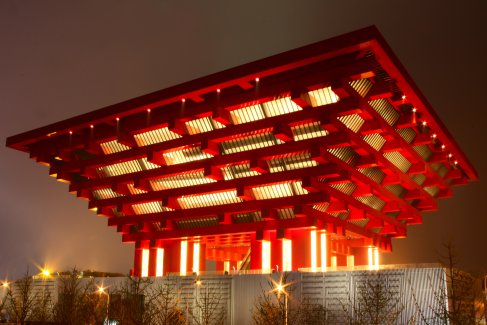
But officials quietly shelved what had been planned as the Expo’s defining monument: an ornate, French-designed, pedestrian bridge across the Huangpu, projected to cost more than RMB1 billion (USD145 million).
The “flower bridge," as it was to be called, was criticised as too low, and thus an obstacle to shipping. But raising it might have made it hard going for pedestrians.
Also quietly dropped were plans to extend Shanghai’s 430kph maglev rail-line to the Expo site. Residents had protested about what they feared would be its impact on the environment and hence, even more worryingly, on house prices.
Dual-track approach in Nanjing
A century ago in Nanjing, the moribund Manchu Qing dynasty extended a railway spur to the Expo site and built a miniature track around it. The event was, as Mr Godley described it, a financial debacle, but many Chinese at the time felt “justly proud."
The fair drew hundreds of thousands of paying visitors. Getting the country’s rivalrous regions to co-operate in the venture was a feat in itself.
Echoes of such tensions still resonate. Siegfried Wu, chief planner of the 2010 Expo, said the Nanjing event had none of the state involvement required of a world’s fair (some historians would disagree). But a deputy mayor of Nanjing has been quoted as saying that his city was indeed the first to hold one, and the city began planning centennial celebrations in 2010.
“If Nanjing feels happy, that’s fine,” said Mr Wu, as dismissive of a smaller-city forerunner as China’s Communists are of the Qing.




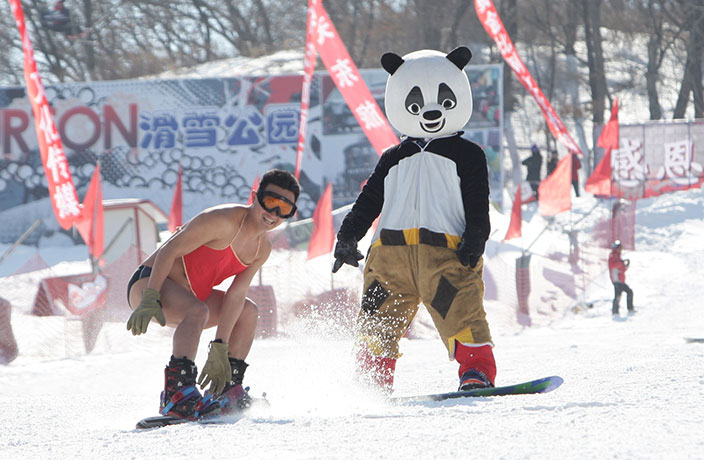














0 User Comments